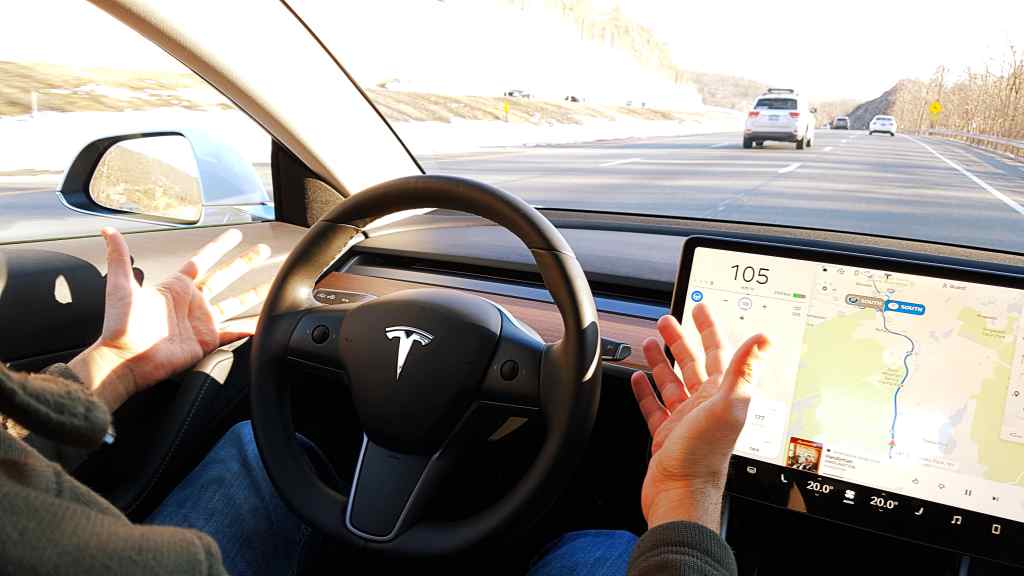A total of 60 countries have adopted the new United Nations Regulation for the safe introduction of autonomous vehicles in certain traffic situations, establishing a series of strict requirements for automated lane-keeping assistants. Once activated, they will take the essential vehicle control.
This first international standard, which has been adopted by the United Nations World Forum for Harmonization of Vehicle Regulations, is the first binding international standard on autonomy level 3. It is a massive boost for the implementation of vehicle freelancers for the future.
By the regulations, lane maintenance systems may be activated on those roads where pedestrians and cyclists are not allowed and have a physical separation that divides the traffic circulating in opposite directions. At the moment, the Regulation limits this type of system’s operational speed to a maximum of 60 km/h. The Government of Japan will begin to apply the regulation from June 2020, while in the European Union, it will enter into force in January 2021.
The regulation establishes, among other things, that the screens that the driver uses to carry out other activities when the assistant is in operation must be automatically suspended as fast as the system asks the driver to regain control. Something that can happen, for example, at the end of an authorized stretch of road.
On the other hand, it is also included that the system must be able to stop the vehicle in case the driver does not respond correctly. The regulation defines safety standards for emergency maneuvers in the event of an imminent collision, for transition requests when the system requires the driver to regain control, and for minimal risk maneuvers when the driver does not respond to the transition request.
Thus, the regulation obliges manufacturers to introduce driver availability recognition systems, which must control their presence and their ability to take the wheel. Brands must also equip vehicles with a black box (DSSAD or Data Storage System for Automated Driving) to record when the lane-keeping system is activated.
The activation criteria of the lane maintenance system will be as follows:
- The driver is in his seat with the seat belt fastened.
- The driver is available to take control of driving.
- No failure is detected that affects the safe operation or some system functionality.
- DSSAD is operational.
- Positive confirmation of the automatic checking system.
- The vehicle is located on roads where pedestrians and cyclists are prohibited and that are equipped with a physical separation that divides traffic moving in opposite directions.
- The environmental and infrastructural conditions allow the operation.

